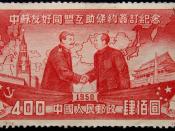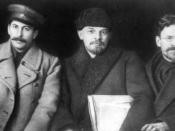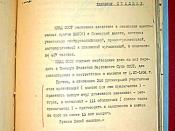To what extent did collectivization and industrialization change Soviet society by the end of the 1930ÃÂs?As Stalin consolidated his power after the death of Lenin in 1924, the Soviet Union required a coercive machinery to increase its growth. The solution was modernization through industrialization. However for industrialization to occur, an effective agrarian policy was required for modernization to occur. To overcome the shortcomings of the NEP as well as the 1928 procurements crisis, collectivization was introduced to foster higher productivity within the agrarian industry.
Following the failure of the New Economic Policy which reached its climax in the 1928 procurements crisis, the new agrarian policy known as collectivization was introduced by Stalin. Stalin enhanced the Communist ideology of the left to extract more resources from the 120 million peasants. As the New Economic Policy was abandoned, collectivization was in part returning back to the methods of War Communism and was ÃÂa kind of coup dÃÂetat against the peasantry,ÃÂ - Cohen.
The resources extracted from the peasantry instead of being directed to consumer goods were directed to heavy industry, electricity, mining, iron, steel and armaments. Collective farms or kolkhozy were cooperative farms, leased collectively by the state. The farmers on the collective farms received a share of the farmÃÂs produce after it had supplied its procurement quotas to the government and machine tractor stations. State farms or sovkhozy also operated during this period as the laborers were employed by the state. Commissions were created to organize whole villages into collective farms. Dekulakisation occurred as many as 3 to 5 million kulaks were expropriated to labor camps. The policy of collectivization was successful for the Communist Party as procurements and exports increased however agricultural production fell. Meaning the amount of procurements the government received increased from 15% in 1926 to 35% in...


